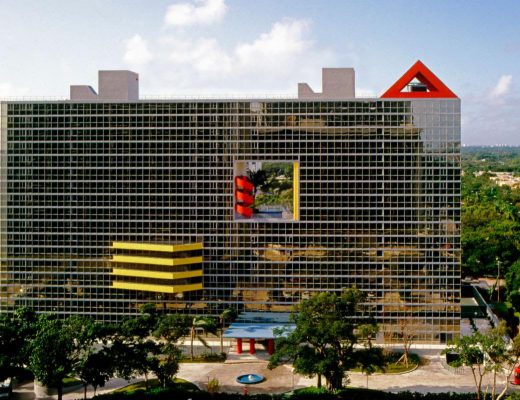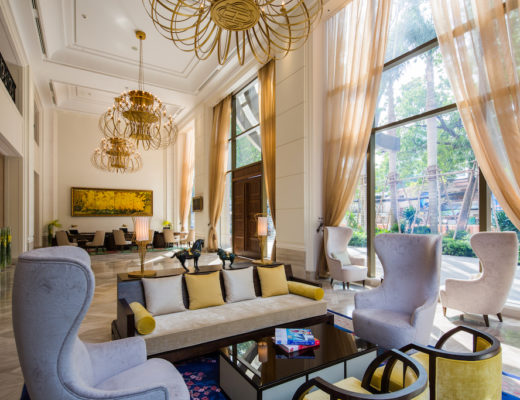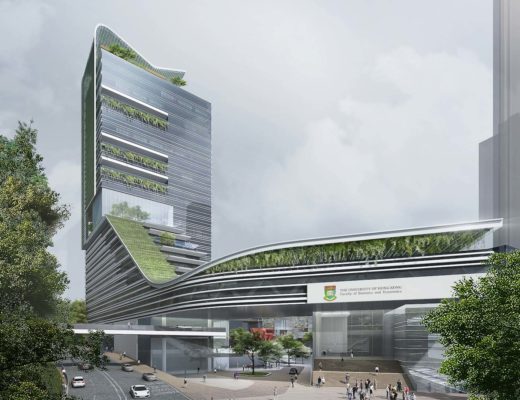Hala Wardé, the founder of HW architecture, has been selected to curate the Lebanese pavilion at the 2020 Venice Architecture Biennale. Entitled “A Roof for Silence”, the project aims to investigate the question of living together, by highlighting precedents.
The project will create a space of exchange and dialogue, between the architect and the Lebanese contemporary poet and artist, Etel Adnan. The pavilion will also bring together past and present, antiquity and modernity, in order to connect these realms and uncover the buried answers to the problematic challenge.
Warde says that “the project will probe the possibility of how we will live together by revealing implausible precedence of how we have lived together”, through this curated exchange, that extracts reflections from 16 canvases of Etel Adnan, and 16 millennial olive trees in the mountains of Lebanon. The pavilion builds upon the need for empty space, and for the life that might inhabit it as a form of silence.
The curator says: “Why not think about places in relation to their potential as voids rather than solids? How can we fight fear of emptiness in architecture? How can we imagine forms that generate places of silence and contemplation? How can we create sensitive spaces where people can meet and talk? How can we design places that create emotion and a desire to linger? Paul Virilio, thinker of speed, saw emptiness as the depth of time. He expressed it through his ‘anti-form’ paintings, in which he painted the empty space between objects. A play on space and absent matter, which obviously leads us to architectural space. We will base this project on the need for empty space, and for the life that might inhabit it as a form of silence. — Hala Wardé, founder of HW architecture.”
Wardé has extensively collaborated with Ateliers Jean Nouvel for the past 20 years, and one of her most well-known projects is Louvre Abu Dhabi, which she led from its inception in 2006 to completion in 2017. She also set up her own practice in 2008 which she continues to run independently.
The pavilion is a prefiguration for a space that will be brought back to Beirut after the biennale. It is expected to become a permanent installation on the site of the demarcation line of the Lebanese civil war, representing a space of refuge and contemplation, even as the city is in the throes of more unrest.




